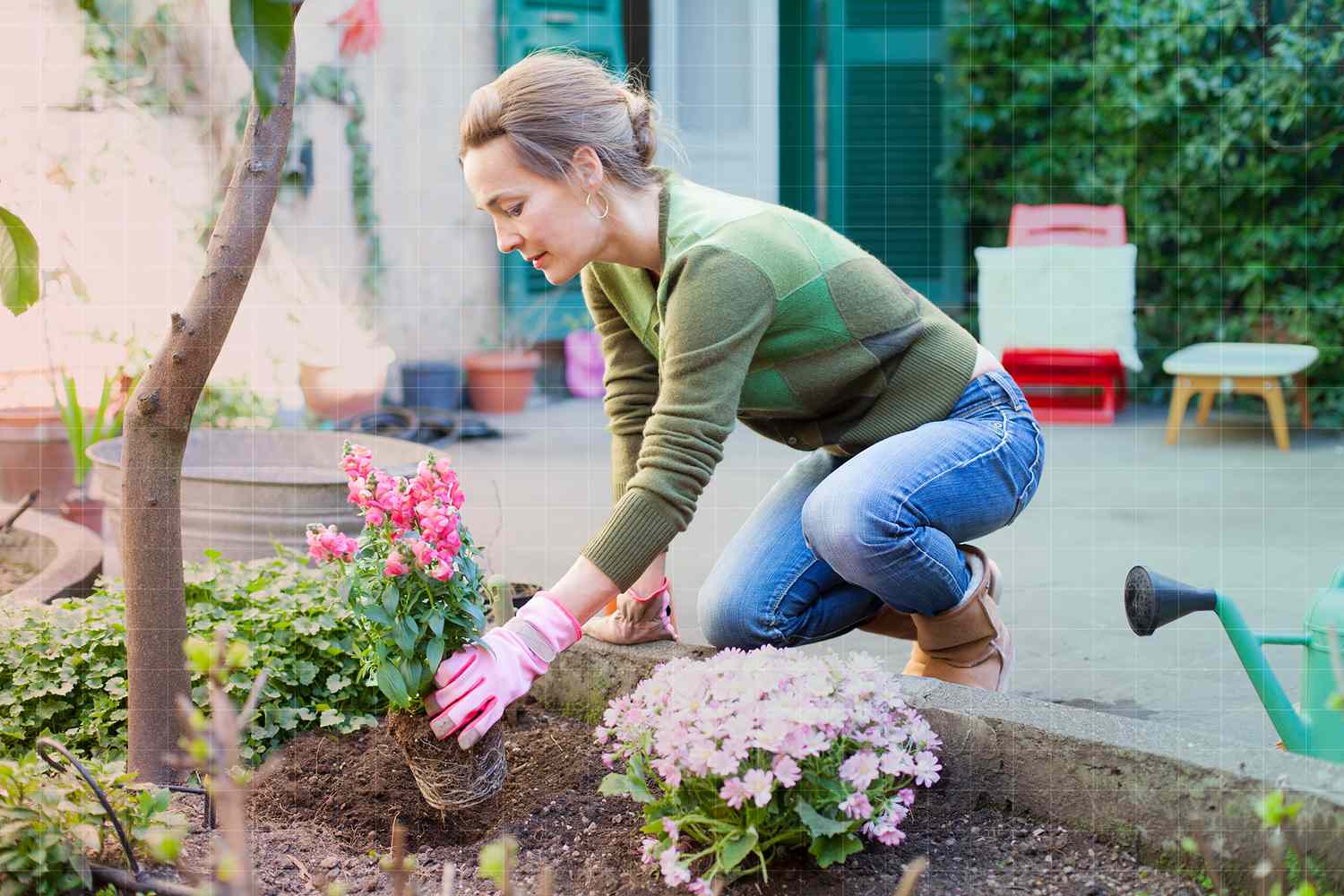And, no, it’s not about how much you’re watering.
Gardening can be intimidating at first (check out these things I wish I knew before starting my first garden), but it is a super rewarding hobby with some planning and know-how. Peak gardening season is upon us and it can have many people thinking of tomatoes, greens, zucchini and other veggie garden classics. We even have this list of easy-to-grow vegetables and herbs to get you started.
It is important to make room for non-fruit bearing plants, like flowers, in your garden, too. Certain flowers can even draw pollinators to your plot to help your plants stay healthy. That said, not all flowers and vegetables have the same effect on the same places. The biggest mistake you might be making in your garden is not saving space for native plants.

Getty Images / Kathrin Ziegler
What Are Native Plants?
In short, the National Wildlife Federation defines native plants as "a plant that has occurred naturally in a particular region, ecosystem, or habitat without human introduction." There are several reasons to make room for native plants in your garden and your yard. First, native plants are meant to thrive in the soils, moisture and weather in your region. This means lower maintenance, less added water and lower waste, making them a more sustainable choice. They can also help manage runoff and improve overall soil health.
Equally as important, native plants have a symbiotic relationship with native wildlife, and have for over thousands of years. They can help nourish and support wildlife to maintain a healthier, more sustainable habitat. Exotic plants (introduced by humans) do not support wildlife as well, and in some cases become invasive and damage the natural habitat.
Where to Find Native Plants
Plants that are native to your region vary from place to place, so it takes a little research to find what is native to where you live. Luckily, the National Wildlife Federation has a Native Plant Finder to make it easy. Simply enter your zip code and get information on the best native plants for your area and how to attract butterflies, moths, birds and other fauna. Once you have identified the native plants you want, there is even a Garden for Wildlife shop that has a variety of native plant collections that can be shipped right to your door.
Bottom Line
To be clear, it is not bad to grow your favorite perennials and veggies in your garden. In fact, gardening is a great way to be more environmentally friendly and eat healthier. However, a little know-how can go a long way in preserving the natural habitat where you live. The biggest mistake people make in their garden is not including any native plants. As a bonus, adding native plants is virtually no maintenance and they can be shipped right to your door with the Garden for Wildlife shop. With a little research and planning, you can grow a garden that helps you and the planet thrive.
This article was written by M.S., Jessica Ball and Rd from EatingWell and was legally licensed through the Industry Dive publisher network. Please direct all licensing questions to legal@industrydive.com.






